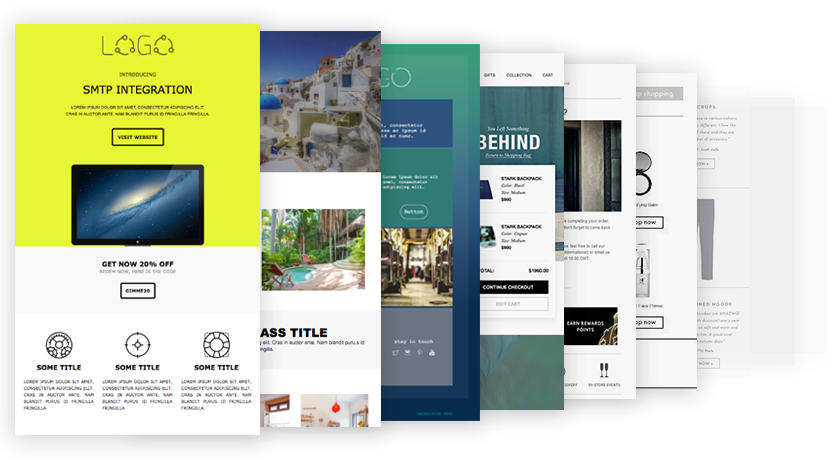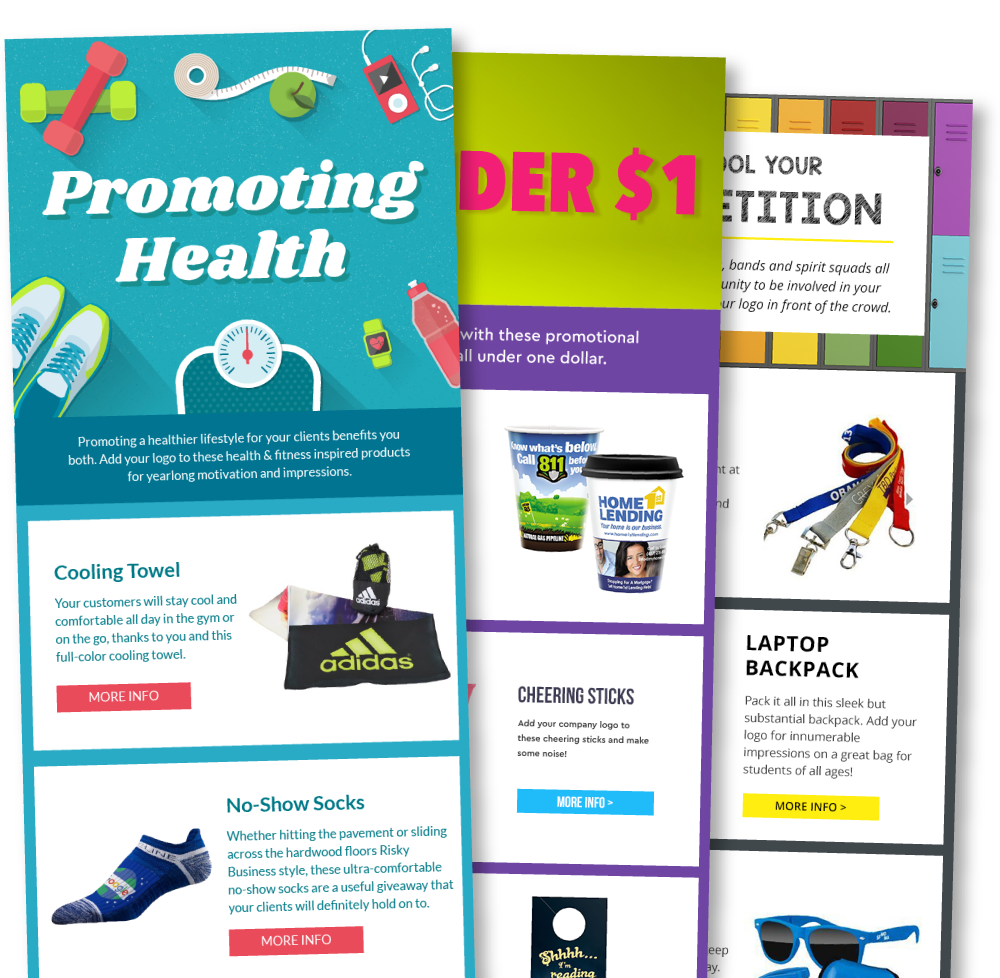Email marketing continues to be an effective and powerful tool for businesses to engage with their audience and drive conversions. However, in a crowded inbox, standing out and capturing the attention of recipients requires more than just compelling content – design plays a crucial role in creating an impactful email marketing campaign. In this article, we will explore the key elements of successful email marketing design and provide practical tips on how to create visually appealing and engaging emails that drive results.
I. Clear and Compelling Layout:
A clear and compelling layout is essential for creating an effective email that engages recipients. Use a clean and organized layout that guides the reader’s eyes and makes it easy to navigate the email. Strategically utilize whitespace to create a balanced design that is visually pleasing and doesn’t overwhelm the reader. Place the most important information, such as your main message and call-to-action, prominently above the fold to capture the reader’s attention immediately.
II. Attention-Grabbing Subject Line and Preheader:
Craft a subject line that grabs the reader’s attention and entices them to open the email. It should be concise, compelling, and aligned with the content inside the email. Optimize the preheader text, which appears alongside the subject line, to provide a preview of the email’s content and reinforce the message conveyed in the subject line. Both the subject line and preheader should be concise and to the point, giving the reader a clear reason to open the email.

III. Consistent Branding and Visual Identity:
Maintaining consistent branding and visual identity in your email is crucial for brand recognition and establishing credibility. Incorporate your brand’s logo, colors, and typography to create a cohesive and recognizable design. Use high-quality images and graphics that align with your brand’s aesthetics and enhance the visual appeal of the email. Ensure that the design elements are responsive and display properly across various devices and email clients to provide a seamless user experience.
IV. Engaging and Action-Oriented Content:
The content of your email should be engaging, concise, and focused on providing value to the recipient. Write compelling copy that highlights the benefits and value proposition of your offer or message. Use headings, bullet points, and bold text to break up the content and make it scannable, allowing readers to quickly grasp the main points. Include clear and prominent call-to-action buttons that guide recipients towards the desired action, such as making a purchase, signing up for a webinar, or downloading a resource.

V. Personalization and Segmentation:
Personalization is a powerful tool for creating a more tailored and relevant email experience. Leverage customer data to personalize the email content, such as addressing recipients by their name or including product recommendations based on their past purchases or browsing history. Segment your email list based on demographics, purchase history, or engagement levels to deliver more targeted and relevant content to different segments of your audience. This helps increase the effectiveness and engagement of your email campaigns.
VI. Testing and Optimization:
Continuously test and optimize your email campaigns to improve their performance. A/B test different elements of your emails, such as subject lines, design variations, or call-to-action buttons, to identify the most effective strategies for your audience. Analyze email metrics, such as open rates, click-through rates, and conversion rates, to gain insights into the performance of your campaigns. Use this data to optimize future campaigns, make data-driven decisions, and improve the overall effectiveness of your email marketing efforts.

In conclusion, design plays a critical role in the success of your email marketing campaigns. By incorporating clear and compelling layouts, attention-grabbing subject lines, consistent branding, engaging content, personalization, and optimization strategies, you can create visually appealing and effective emails that drive engagement and conversions. Key takeaways from this article include:
- A clear and compelling layout guides the reader’s attention.
- Consistent branding reinforces brand recognition and trust.
- Engaging content and clear call-to-action buttons drive action.
- Personalization and segmentation enhance relevance and customer experience.
- Testing and optimization are key to improving email campaign performance.
Contact us today to learn how we can help you create visually appealing and engaging emails that deliver results for your business.
Leave a Reply